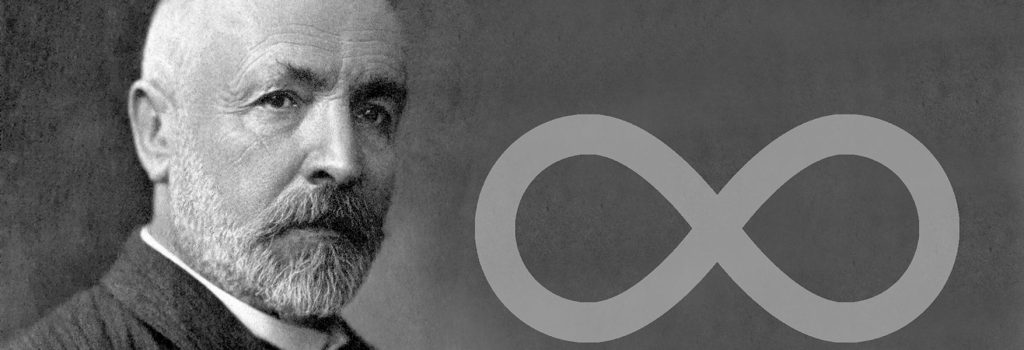As we are approaching the end of our Math Symbols and Their Meanings series, we are also wrapping up the difficult side of mathematical language. Last time we dealt with Linear and Multilinear Algebra which mostly applies to high-dimensional geometry. In this article, we return to numbers, more specifically to infinite numbers and their operations, part of set theory and calculus.
Infinity Concept In Mathematics
The concept of infinity “∞” in mathematics holds various meanings:
- Endless sets of numbers;
- An indefinitely great number or amount;
- A value greater than any finite numerical value;
- A distant ideal point at which two parallel lines are assumed to meet;
The history of this endless concept can be traced back to Pythagoras in geometry, however, it was approached as a more definite theory by Georg Cantor. He came up with the idea that infinity is much more complex than a neverending story: there are different sizes of infinity when it comes to the set theory of natural numbers. Before getting into this, let’s look at the fundamentals of infinite numbers.

Basic Symbols For Infinite Number Sets
Convergent Series
Divergent Series
Transfinite Numbers
There are also “surreal” numbers that indicate an ordered, proper class with real numbers including infinite and infinitesimal numbers, larger or smaller than any positive real number. But enough of confusing infinite numbers that grow and continue forever.
Aristotle’s Infinite Series
Georg Cantor’s Infinite Series
- Enumerable infinite series – defines a set of elements that can be paired with a natural number and form a countable set.
- Non-enumerable infinite series – defines the sets of rational and real numbers, because the sets of rational and real numbers will always be incomplete according to Georg Cantor’s findings.

If you want to dive deeper into Cantor’s interpretation of infinite series, check this out.
Don’t run away! Our Math Symbols and Their Meanings series is soon coming to an end, but at the Online Math Center, you can find more interesting facts about mathematics.
You can enroll in any of our math tutoring programs for middle and high school students whenever you feel like improving your math skills.
Reach out to us to receive a tailored math tutoring experience and meet our math tutors.